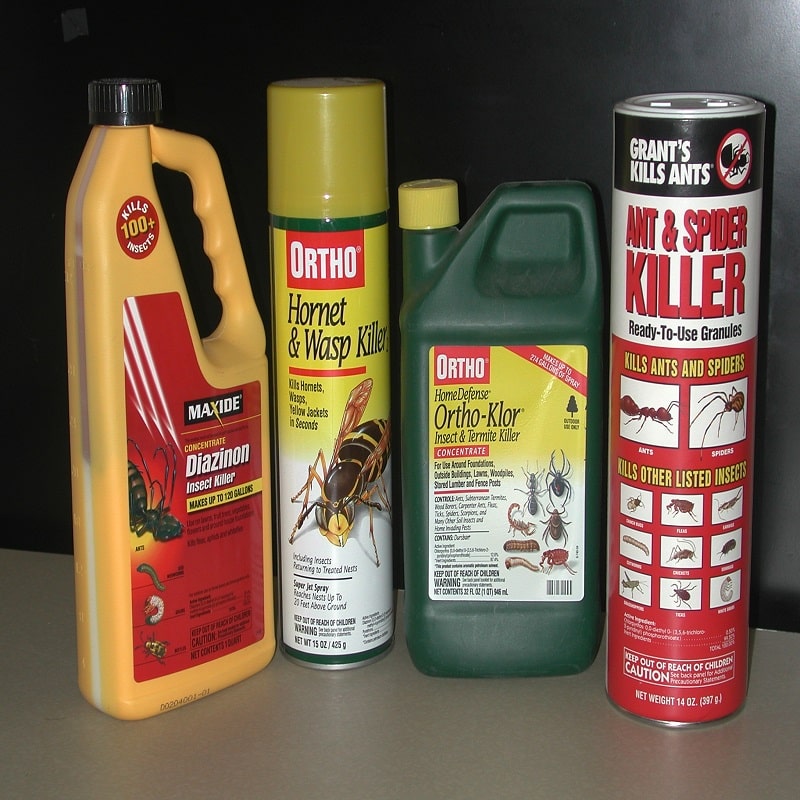by Robert Capecchi
Meet the fisher:
Cute, huh?
Fishers are native forest carnivores that populate, among other areas, parts of California, Oregon, and Washington State. Unfortunately, the fisher has been listed as a candidate species for the endangered species program. Even more unfortunate is the fact that our country’s marijuana prohibition is killing these little guys off in new and unforeseen ways.
According to researchers led by veterinary scientists from the University of California at Davis, illicit marijuana grows are inadvertently killing off large numbers of these rare animals. The theory goes that in order to protect their irrigation lines and crops from nibbling rats, growers sprinkle rodenticide directly on their lines and around their crops. The rodenticide — which can be lethal after a single ingestion — takes up to seven days before signs of ingestion occur. Within those seven days, the fishers eat the rats who have been poisoned, thus exposing themselves to the poison as well.
Researchers also theorize that the fishers may be eating the poison directly, attracted to the cheese, peanut butter, and bacon flavorizers added to the poison. Of the 58 fisher carcasses analyzed by the researchers, rodenticide was found in 79% of them. In addition, the deaths occurred between mid-April to mid-May, when immature marijuana plants would be most vulnerable to pests and thus most in need of a rodenticide to ensure against that threat. While the fisher is the focus of the study, the researchers made sure to point out that “martens, spotted owls, and Sierra Nevada red foxes may be at risk from the poison, as well.”
Consider for a moment one consequence of the marijuana prohibition and how it makes life difficult, or impossible, for the fisher. It is painfully clear that Americans like to use marijuana recreationally, and where there is demand, there is supply. Currently, most marijuana grows are illicit, and thus growers seek the deepest and darkest recesses of our natural habitat, frequently growing on public lands and in our state parks. Unregulated growers have no incentive to protect against the environmental damage that an agricultural operation causes, such as secondary deaths of protected animals due to rodenticides.
Now it’s time to consider the effect of a legal marijuana agricultural operation on the wildlife around it. Like other agricultural operations, marijuana grows would be regulated and, more importantly, inspected. Environmental regulations would limit when and what types of pesticides could be used. Additionally, grows would be moved out of the remote areas where they are currently cultivated and where wildlife thrives; we don’t see illicit vineyards crop up on remote public lands for a reason. Finally, financial penalties would be placed on growers who violate environmental regulations and inspections would make sure the regulations are being followed. A well-regulated and inspected system of marijuana cultivation would ensure that the industry is environmentally friendly (or at least not environmentally destructive).
It’s well past time we stop criminalizing otherwise law abiding marijuana users, stop wasting billions in tax payer money funding a prohibition that has never worked, stop foregoing billions of estimated tax revenue, and stop fostering a niche agricultural industry free from any environmental rules and regulations. It’s well past time we tax and regulate the marijuana industry.
Article courtesy The Marijuana Policy Project







